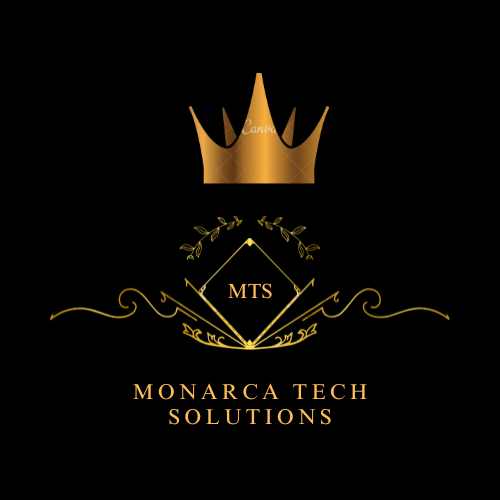The cloud computing paradigm is undergoing a significant transformation, with businesses increasingly adopting multi-cloud and hybrid cloud strategies to stay competitive in the digital era. This shift is not just about keeping up with technological trends; it’s about harnessing the power of cloud diversity to achieve better security and cost-efficiency. In this blog, we will explore these innovative strategies and how they can be optimised to meet the evolving needs of businesses.
The Shift to Multi-Cloud and Hybrid Cloud Strategies
Multi-cloud and hybrid cloud are two of the most compelling strategies in today’s cloud computing landscape. A multi-cloud approach involves using services from multiple cloud providers, offering flexibility and reducing vendor lock-in. On the other hand, a hybrid cloud strategy combines private and public cloud resources, balancing control with scalability.
Multi-Cloud: A Symphony of Services
The multi-cloud model is like an orchestra, with each cloud provider playing a unique instrument. Together, they create a symphony that delivers a comprehensive suite of services tailored to specific business needs. This approach allows businesses to leverage the best-in-class services from various providers, ensuring that they have access to the latest innovations and can negotiate better terms and prices.
Hybrid Cloud: The Best of Both Worlds
Hybrid cloud strategies offer a blend of public and private clouds, providing businesses with the flexibility to run workloads where they perform best. Sensitive data can be kept on-premises or in a private cloud for enhanced security, while less critical workloads can take advantage of the public cloud’s scalability and cost-effectiveness.
Optimising for Security and Cost-Efficiency
Security in a Multi-Cloud and Hybrid Cloud Environment
Security is paramount in any cloud strategy. Multi-cloud and hybrid cloud environments must be designed with security as a foundational element. This includes implementing robust identity and access management (IAM) controls, encryption, and network security measures. Regular security assessments and compliance checks are also crucial to ensure that the infrastructure remains secure against evolving threats.
Achieving Cost-Efficiency
Cost-efficiency is a major driver for cloud adoption. To optimise costs in a multi-cloud or hybrid cloud setup, businesses must adopt a strategic approach that includes right-sizing resources, taking advantage of reserved and spot instances, and implementing auto-scaling. Additionally, employing Cloud FinOps principles can help align financial and operational goals, ensuring that cloud investments deliver maximum value.
Real-World Applications and Success Stories
Companies like Spotify and Netflix have successfully implemented multi-cloud and hybrid cloud strategies. Spotify uses a multi-cloud approach for cost reduction and performance optimization, while Netflix employs a hybrid cloud setup for efficient content streaming and creation. These examples demonstrate the practical applications and benefits of these cloud models.
Conclusion: The Future is Cloud-Diverse
The future of cloud computing is diverse, with multi-cloud and hybrid cloud strategies leading the way. By embracing these models, businesses can enhance their security posture and achieve greater cost-efficiency. As the cloud landscape continues to evolve, companies that adapt and optimise their cloud strategies will be well-positioned to thrive in the digital economy.
Embrace the cloud diversity, optimise your strategies, and unlock the potential of your business in the cloud era. Stay secure, stay efficient, and stay ahead.
